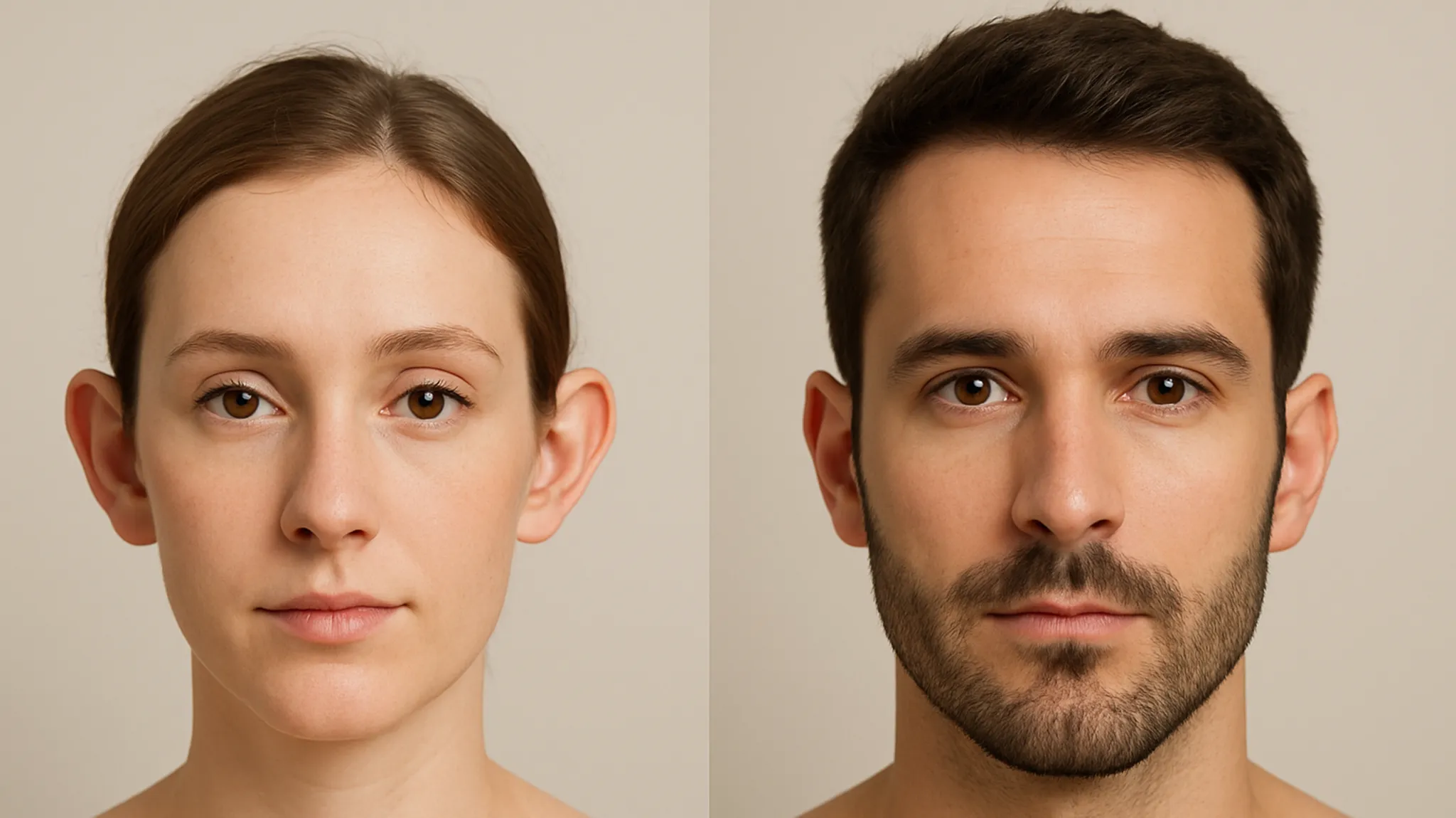
For some people, ear correction surgery is something they’ve been considering since childhood. For others, it’s a more recent decision—perhaps following an injury or simply wanting a different look. Whatever the reason ear correction, (also known as otoplasty or ear reshaping) is a relatively straightforward procedure that can have a positive impact on your self-image.
At Wentworth Clinic, we see both men and women coming to us with questions about ear surgery – so we’re covering the most common one’s in this blog post.
Reasons for ear reshaping surgery
There’s no single reasons for surgery. Some people are born with ears that stick out more than they’d like. Others might have misshapen cartilage, stretched or torn earlobes, or even a folded ear that hasn’t developed in the usual way.
In some cases, ears change shape following trauma or skin cancer treatment. In others, people simply decide that they’d prefer a different shape. There’s no right or wrong reason – if it’s something that bothers you, it’s valid to consider and discuss surgery with an expert.
Types of ear correction procedures
Some of the most common procedures include:
- Otoplasty: to pin back prominent ears or reshape cartilage
- Lobuloplasty: to repair earlobes that have stretched, torn or been split
- Correcting congenital ear issues: like shell ear, constricted ear, or lop ear
- Post-trauma correction: for injuries or damage from previous surgery
During your initial consultation at the clinic, Professor Ilankovan will talk you through the options and advise on what’s most appropriate for your individual needs.
Will there be any pain or discomfort after surgery?
Most people are surprised by how little discomfort they feel. The procedure is usually carried out under local anaesthetic (sometimes with light sedation), and while you might feel a little tight and sore afterwards, it’s generally mild, and manageable with simple pain relief. A bandage or dressing is worn for a few days to support the healing process.
Healing & getting back to normal
The surgery itself usually takes 1 to 2 hours, with most patients going home the same day. Here’s what to expect after surgery:
- Back to work or daily activities: usually within a week
- Light exercise: after 2-3 weeks
- Contact sports or heavy activity: avoid for 4-6 weeks
- Swelling: subsides gradually over a few weeks
The results are generally long lasting, and you’ll receive clear aftercare instructions to aid with your recovery and help everything heal as it should.
Considering ear correction surgery?
You can read more about ear correction for men and women on the dedicated pages of our website – or contact us to book a private consultation and learn more about what’s involved in an ear correction or reshaping procedure.

Leave a Reply